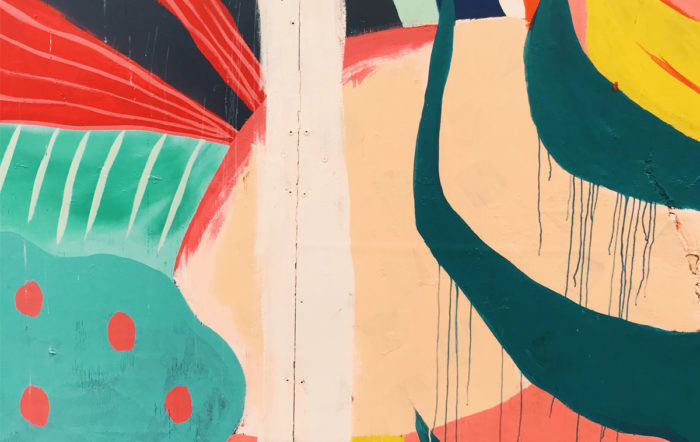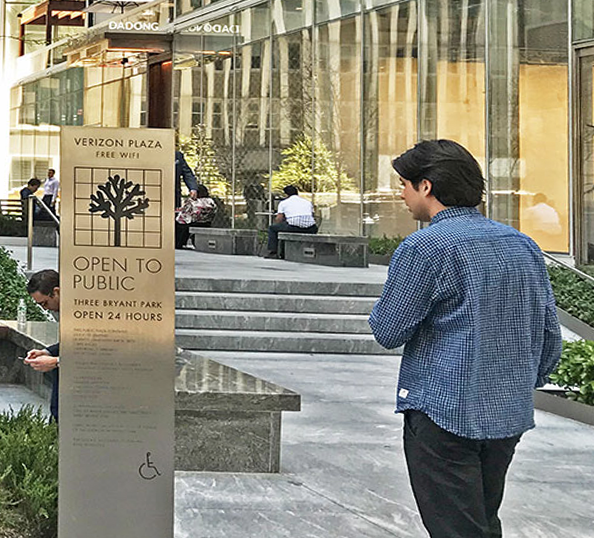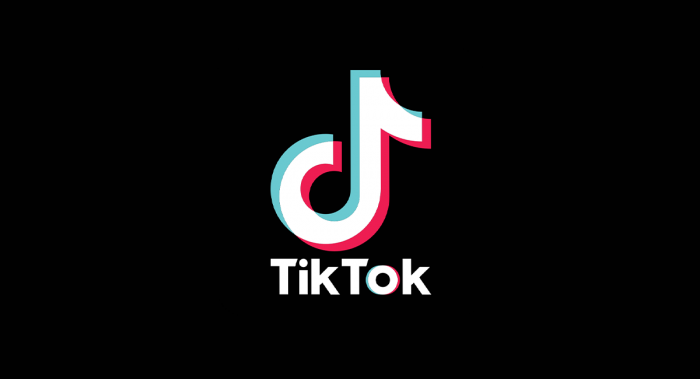The resume is a paradox of sorts. Aside from a portfolio, it’s usually the most important document a designer can provide when applying for a new job; an ultimate one-sheet in personal branding. In fact, in many cases, it’s the only document that can get you over the initial HR hurdle so you can show them what really matters: your portfolio. But unlike a portfolio, most of us would rather only spend as much time on a resume as we need.
So why not take the time to finally make it right—and easy to update—so you don’t have to spend any more time thinking about it? Knowing how to efficiently update your resume might as well be a life skill. Job titles evolve, hiring system robots change their algorithms, and new opportunities pop up every day. Here are a few things you should do to create a nimble, adaptable, compelling resume in under an hour.
*A quick note: modern applicant systems can rarely “crawl” anything other than boring “black and white” templates (usually in Word or other generic word processor format). When applying to a position online, consider uploading this AI-friendly resume just to be safe—then follow up with a more self-branded design in an attachment or when you head into your interview.
Create a Warehouse of Accomplishments
Before you ever start editing your resume: create a master list of everything you’ve achieved and done at any job you’ll possibly mention on a resume. Save that document and use it to create a new resume customized for each new type of job opportunity, picking and choosing by relevance to the role.
You might also want to apply relevant tips below for your master list.
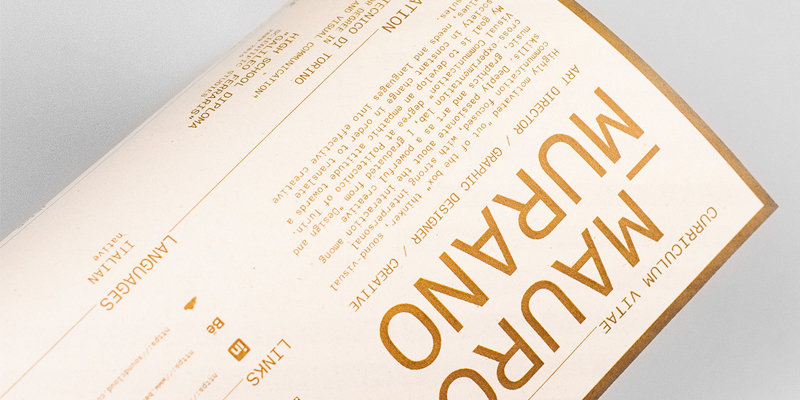
Contributions > Explanations
Yes, it’s true: hiring managers and recruiters read hundreds—if not thousands—of resumes for popular job postings. What they don’t want to read (ever again) is a description of your past job duties. Of course, you may need to do a little explaining, but make sure to include how you contributed to your employer’s bottom line. Make a case for yourself versus just stating bland, unvarnished facts.
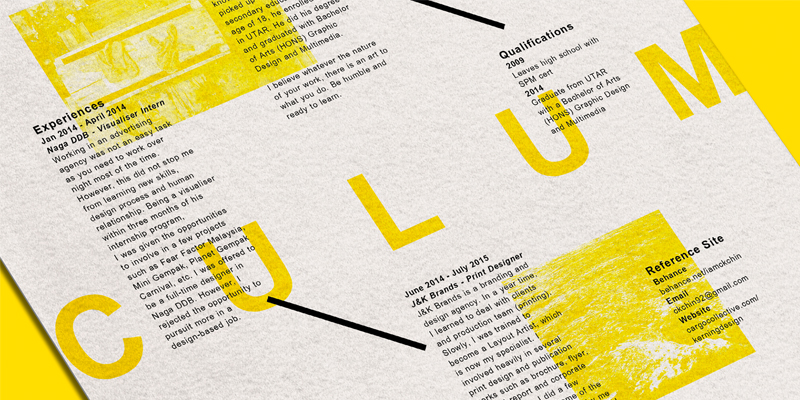
Metrics Make Achievements Real
Listing achievements is great, but if you compliment them with some persuasive metrics, they’ll be that much more compelling. Can you translate your work into stats? Did you or your team exceed any project goals? Did you improve ROI in any way? Although awards and Adobe Certifications are not stats, they are also some measure of outside judgment worth citing. The more legitimate the metrics or awards you mention, the better you’ll look.
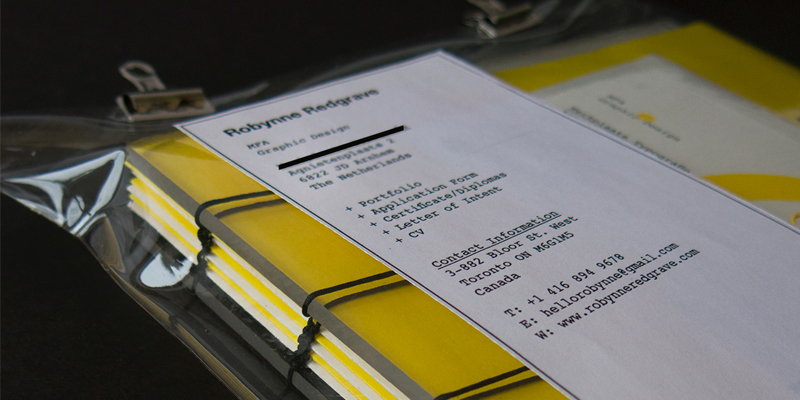
Distill your achievements into concise bullet points
- Start each bullet point with an action verb, if possible
- Ensure that each phrase is grammatical and punctuated
- Edit out repetitive language and extravagant adverbs
See?
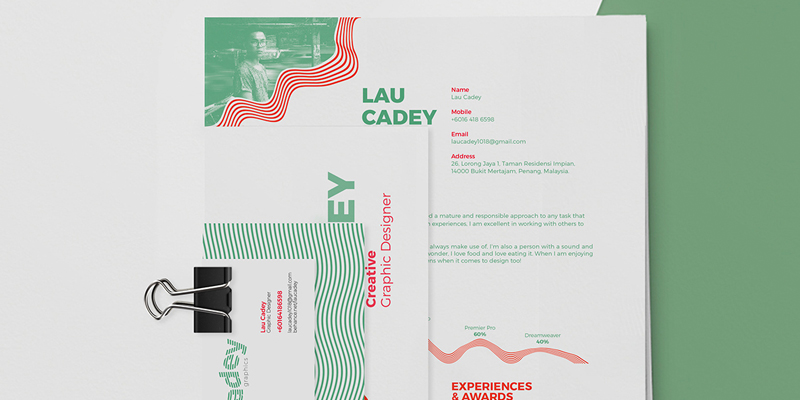
Weight
Each past job on your resume should have a minimum of two bullet points; but your current position may deserve more weight because it’s more relevant for your application.
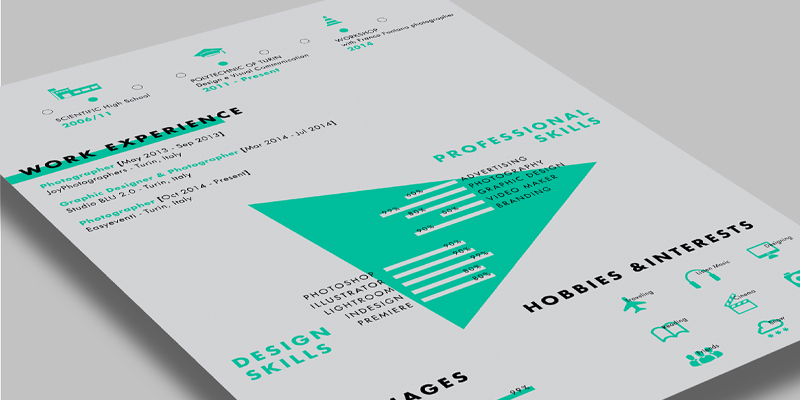
One and Done
Keep your resume to one page —unless you are applying for a C-Level job. Ruthlessly remove unnecessary text or information not likely to sway your potential new employer; they probably don’t care how fast you can type or how well you know French, unless it’s related to the job.
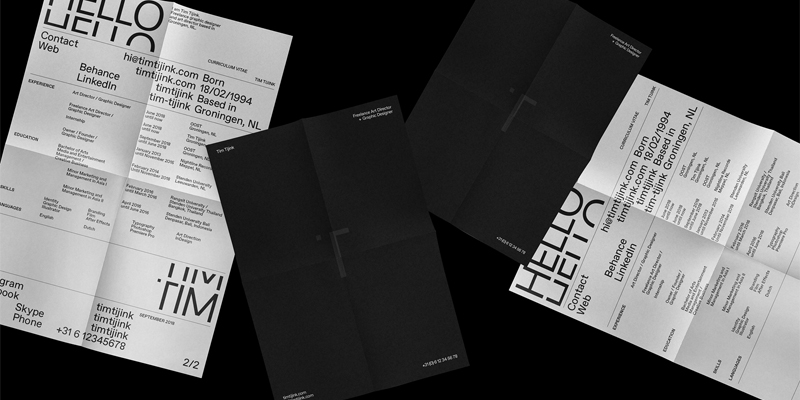
Work with the White Space
Absolutely do not jam-pack your resume with a wall of text. You will need to make sure that there’s enough white space so that anyone can easily read the text and understand it. If you get stuck, consider removing any past experience that doesn’t directly relate to the job you’re applying for.

Makeover Your Resume Look with a New Template
Resumes used to be black-and-white documents fraught with bullet points, blocky text, and nap-inducing business jargon. Now resumes are expected to be pleasing to the eye, intelligible, even engaging, especially if you are applying for design positions. People tend to like these qualities anyway, you might as well prioritize them.
With your own template design, you can quickly flow in all your information to rapidly makeover your resume content quickly and easily.
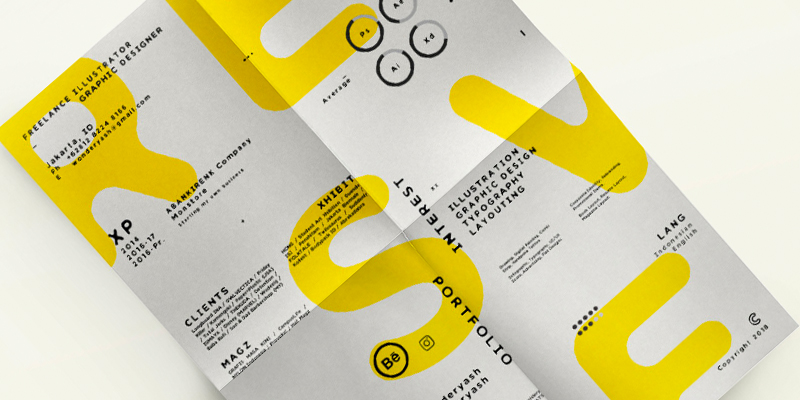
Stock It with Keywords
Something to consider: Many hiring management systems rely on “robots” to crawl resume text and score before sending the most accredited candidates to the human hiring manager. In many cases, these scores are based on keywords and phrases directly related to the job you are applying for. Keep an eye on specific words and phrases that stand out in the job description and try to include these into your resume for that position.
As mentioned above, these systems can rarely “crawl” anything other than boring “black and white” templates (usually in Word or other generic word processor format). When applying to a position online, consider uploading this AI-friendly resume just to be safe—then follow up with a more self-branded design in an attachment or when you head into your interview.

Last Thoughts
Again, resumes in the creative world work differently from one place to another. In many cases, the personal branding work speaks for itself, while some HR headhunters prefer to see metrics and experience. The best you can do to prepare yourself is to follow these tips, update it every now again, and you’ll be ready for making that next big career step.
